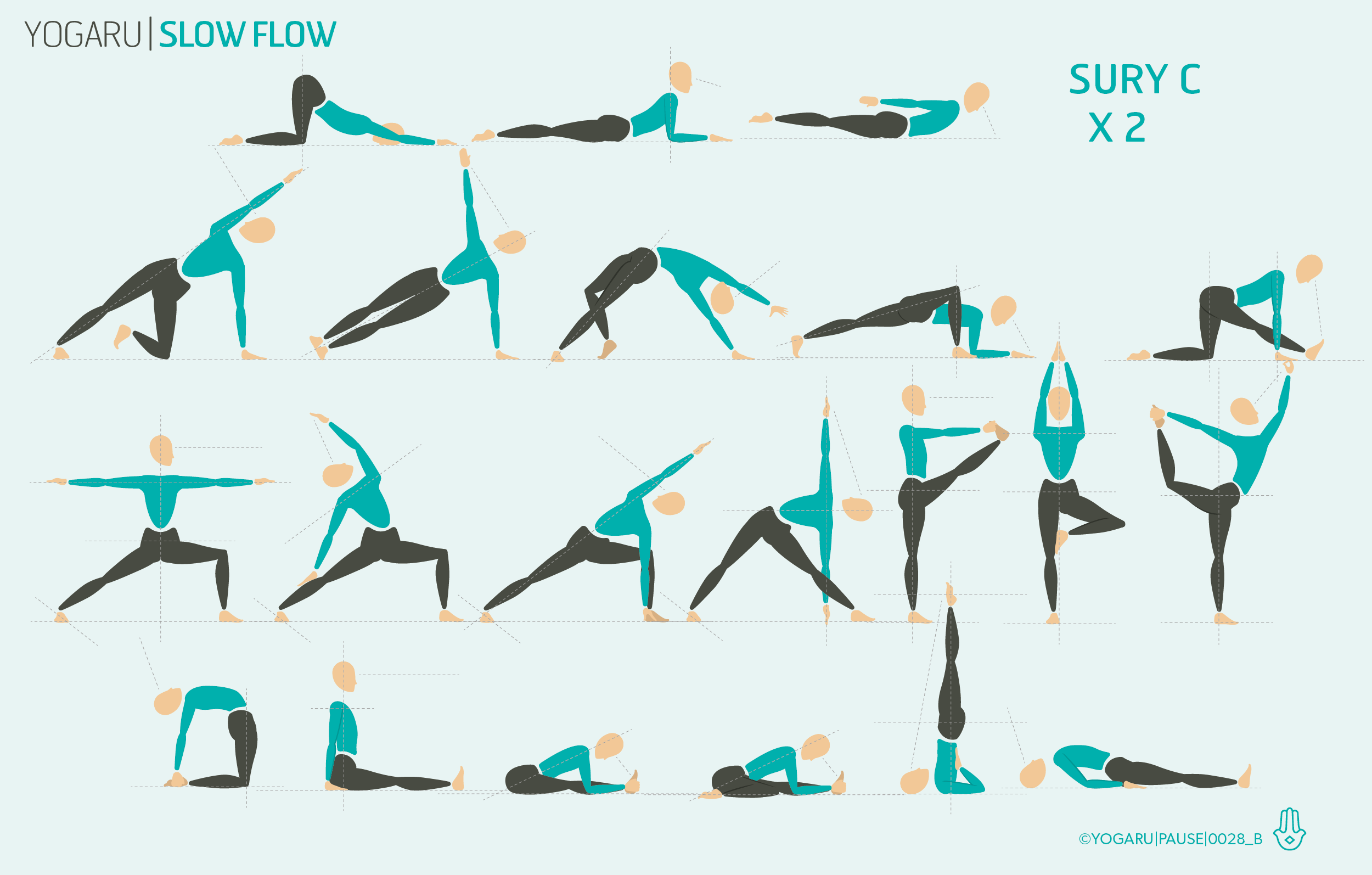SPRING CLEAN
As we move from darkness to small glimmers of brighter days, the body naturally looks to shake off its winter layers and open up to new beginnings. Twists spring clean the system, create natural heat and energy, and relieve tension, stress and anxiety. They also help maintain a healthy spine by keeping the connective tissue strong, supple and lubricated.
This is also my go to sequence I use when traveling. My gut, like many others, doesn’t travel well! Airports, air conditioning, dehydration and a change in routine slow my system down to a halt – leaving me feeling uncomfortable, sluggish and tired. I try to start each day, when I’m away from home, with a gentle practice that includes lots of twists. Even if I only manage ten minutes, I find it wake the digestive system up and helps to keep everything moving.
Keep an eye out on my Nourish blog for an article on gut health when traveling in the coming months.
TWISTS
Twists massage all the organs of the central body – aiding maximum nutrition absorption in the digestive system and toxin elimination through the bowel, liver and kidneys. When we twists we constrict the blood flow, and in releasing the twist a surge of blood rushes back – bringing with it a fresh supply of oxygen and flushes out the system.
When practising we twist to the right first, to stimulate the ascending colon, then twist to the left after, to stimulate the descending colon – aiding regular elimination and toxin removal from the body.
Twists also increase the metabolism and boost the immune system. In yoga philosophy texts it’s said that twists ‘destroy disease’ – considering 80% of our immune system is located in the gut, it makes sense that they are a very powerful tool to fight disease. Click this link to get a full list of twists.
The sequence above is an invaluable tool to keep with you when traveling or to help your body adjust to seasonal changes throughout the year. To read more about gut health have a look at The Second Brain sequence, and the Immune System Boost sequence which also incorporates plenty of twists and backbends.
To save the images for personal use click and hold down the image until the ‘save image’ option appears; on Mac hold down ‘control’ and click the image to get the option box; on PC right click on the image to get the option box. Scroll down in the ‘option box’ and click ‘save image’.
Ruth Delahunty Yogaru





